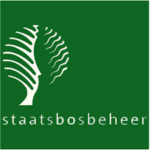Millingerwaard
Part of Gelderse Poort
Millingerwaard is a pioneering and showcase rewilding initiative in the Netherlands. As a pilot of the far larger (5000 hectare) Gelderse Poort project (itself one of the most innovative rewilding initiatives of our times) which has provided more space for the River Waal in the Nijmegen area and led to its ecological recovery, the 600-hectare Millingerwaard site demonstrates perfectly how both people and wild nature can benefit when natural processes are given free rein to reshape landscapes.
In response to concerns about flooding, climate change and unsustainable agriculture, a new vision for Dutch rivers was conceived in the mid-1980s. Called “Plan Stork”, it proposed an ecologically restored riverine landscape governed by natural hydrological and morphological processes. This plan was later elaborated on and scaled up in successive programmes, firstly called “Living Rivers” and then “Room for Rivers” (which now encompasses the rivers IJssel, Lek, Maas and Waal). Millingerwaard was the test bed for these ideas.
Starting in the early 90s, Millingerwaard’s waterways were restructured so that floodplains were once again able to play their natural role in flood protection. Clay mining became a new economic driver, partially replacing agriculture. Newly excavated channels contributed to the ecological restoration of the riverine landscape, boosting its flood prevention capacity and improving water quality.
As a result of these activities, today the Millingerwaard is both ecologically and economically transformed. About three hundred hectares have been turned into a nature reserve, now integrated into a far greater rewilded area and owned by various parties such as Staatsbosbeheer (the Dutch Forestry Department), Delgromij (a clay extraction company), and De Beijer (a brick factory). These partners have been developing the Millingerwaard in collaboration with ARK Nature since 1993.
As natural processes have reshaped the Millingerwaard landscape, so stretches of riparian forest have developed, with trees that occasionally dip their feet in water. Marshes, herb-rich grasslands, lakes and river dunes have also evolved, each with their own diverse ecosystems of animals and plants.
Free-roaming herds of Galloway cattle and Konik horses now graze the floodplains of the Millingerwaard year-round, contributing to the creation of a mosaic landscape. Beavers, otters, badgers, great white egrets, white-tailed eagles, black terns, bluethroats, skylarks and corncrakes all call the area home, while species such as osprey and black stork are also regularly spotted. During the winter, tens of thousands of geese frequently gather here.

Millingerwaard is a pioneering and showcase rewilding initiative in the Netherlands. As a pilot of the far larger (5000 hectare) Gelderse Poort project (itself one of the most innovative rewilding initiatives of our times) which has provided more space for the River Waal in the Nijmegen area and led to its ecological recovery, the 600-hectare Millingerwaard site demonstrates perfectly how both people and wild nature can benefit when natural processes are given free rein to reshape landscapes.
In response to concerns about flooding, climate change and unsustainable agriculture, a new vision for Dutch rivers was conceived in the mid-1980s. Called “Plan Stork”, it proposed an ecologically restored riverine landscape governed by natural hydrological and morphological processes. This plan was later elaborated on and scaled up in successive programmes, firstly called “Living Rivers” and then “Room for Rivers” (which now encompasses the rivers IJssel, Lek, Maas and Waal). Millingerwaard was the test bed for these ideas.
Starting in the early 90s, Millingerwaard’s waterways were restructured so that floodplains were once again able to play their natural role in flood protection. Clay mining became a new economic driver, partially replacing agriculture. Newly excavated channels contributed to the ecological restoration of the riverine landscape, boosting its flood prevention capacity and improving water quality.
As a result of these activities, today the Millingerwaard is both ecologically and economically transformed. About three hundred hectares have been turned into a nature reserve, now integrated into a far greater rewilded area and owned by various parties such as Staatsbosbeheer (the Dutch Forestry Department), Delgromij (a clay extraction company), and De Beijer (a brick factory). These partners have been developing the Millingerwaard in collaboration with ARK Nature since 1993.
As natural processes have reshaped the Millingerwaard landscape, so stretches of riparian forest have developed, with trees that occasionally dip their feet in water. Marshes, herb-rich grasslands, lakes and river dunes have also evolved, each with their own diverse ecosystems of animals and plants.
Free-roaming herds of Galloway cattle and Konik horses now graze the floodplains of the Millingerwaard year-round, contributing to the creation of a mosaic landscape. Beavers, otters, badgers, great white egrets, white-tailed eagles, black terns, bluethroats, skylarks and corncrakes all call the area home, while species such as osprey and black stork are also regularly spotted. During the winter, tens of thousands of geese frequently gather here.


